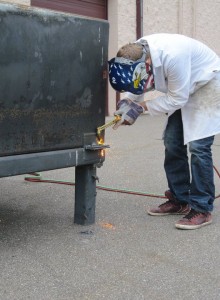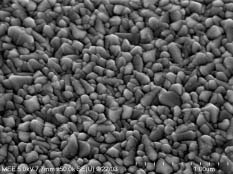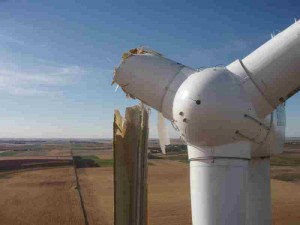Forensic Engineering and Failure Analysis
posted July 2015Some of the most interesting and challenging projects at MEE are the forensic engineering cases. Forensic engineering is application of engineering principles to the investigation of incidents that have or may lead to litigation or other dispute resolution venues. Engineers at MEE practice specifically in the areas of forensic metallurgical engineering or forensic materials engineering. This work typically involves the investigation of failures in structures, products, or components in support of product liability litigation. Our expertise in materials behavior and failure analysis make our staff well qualified for these investigations. The emphasis that we place on clear communication of our findings to our industrial customers serves us well when our engineers are asked to assist the court by testifying in deposition or a trial.
Go to our website to see a short list of forensic engineering cases at MEE
Filed under: About MEE, Failure Analysis, Fatigue Failure, Forensic Engineering,






